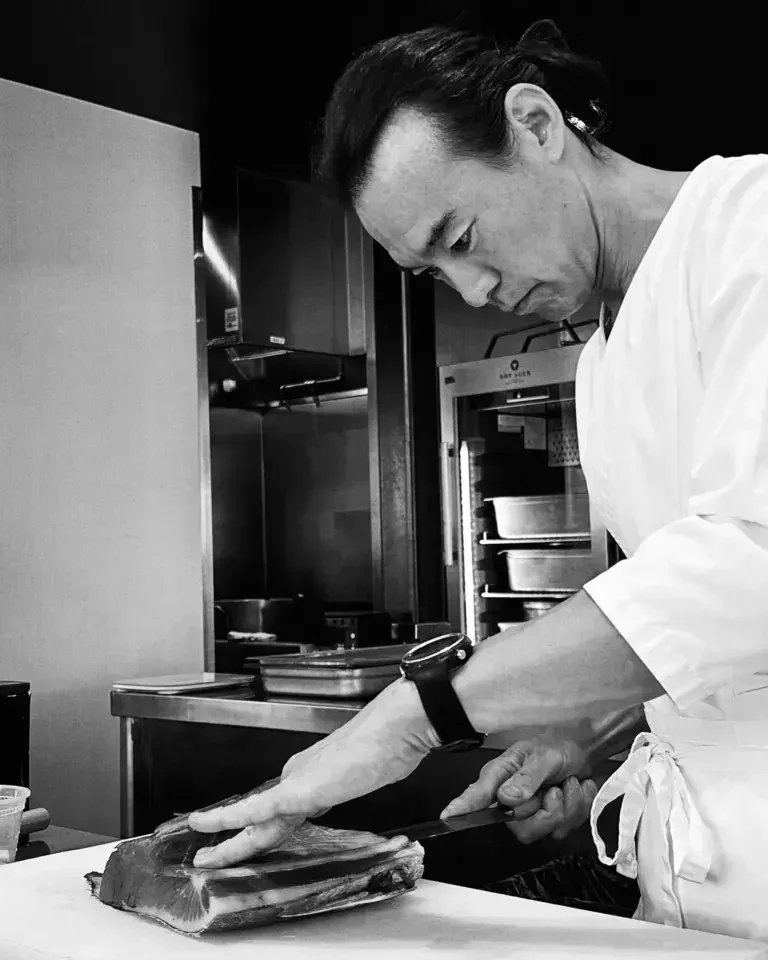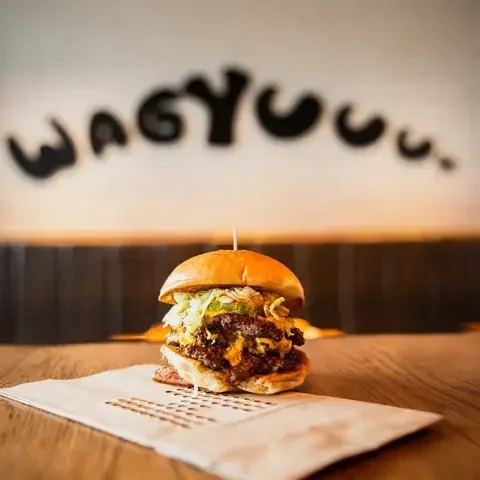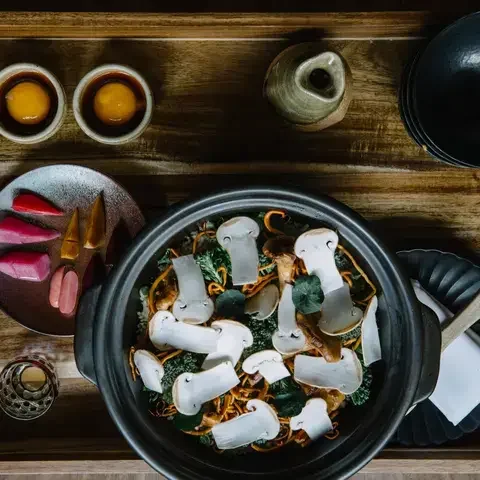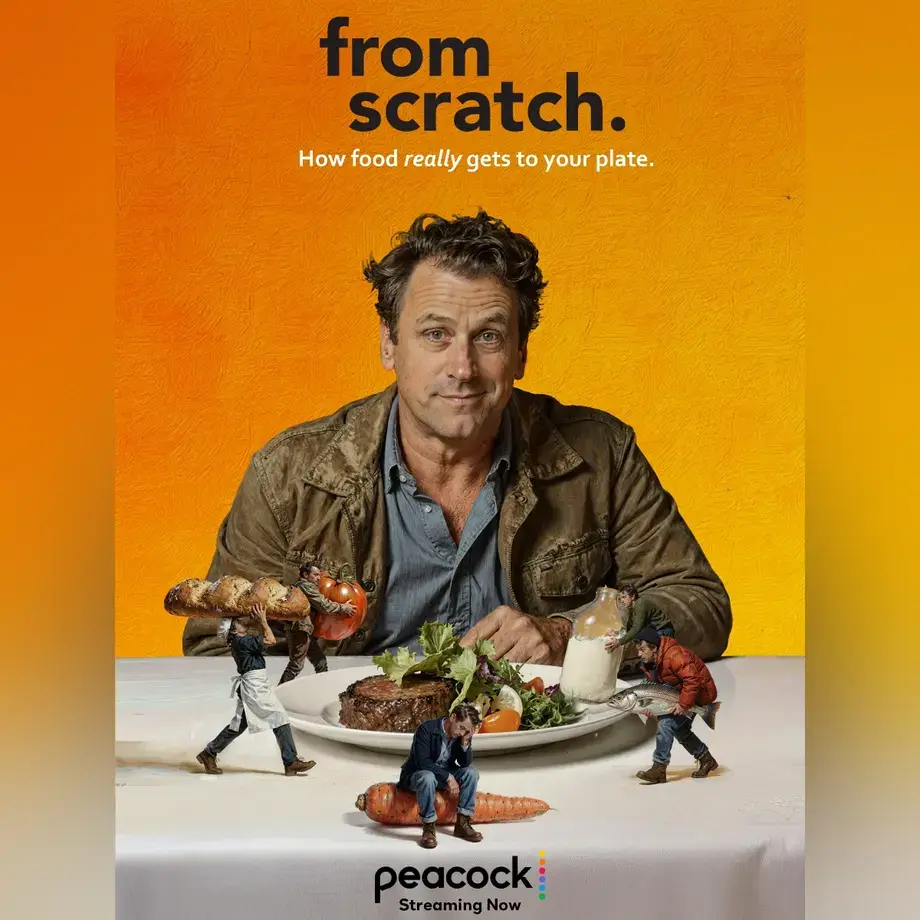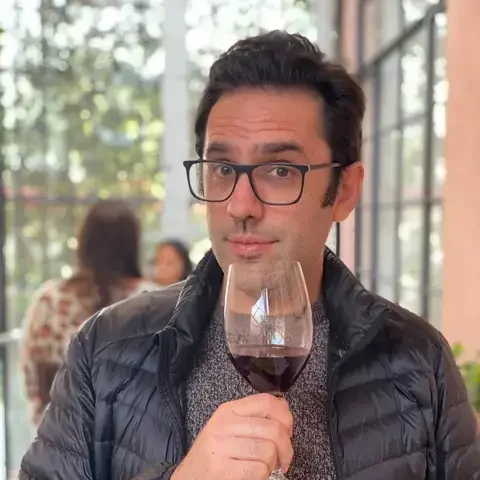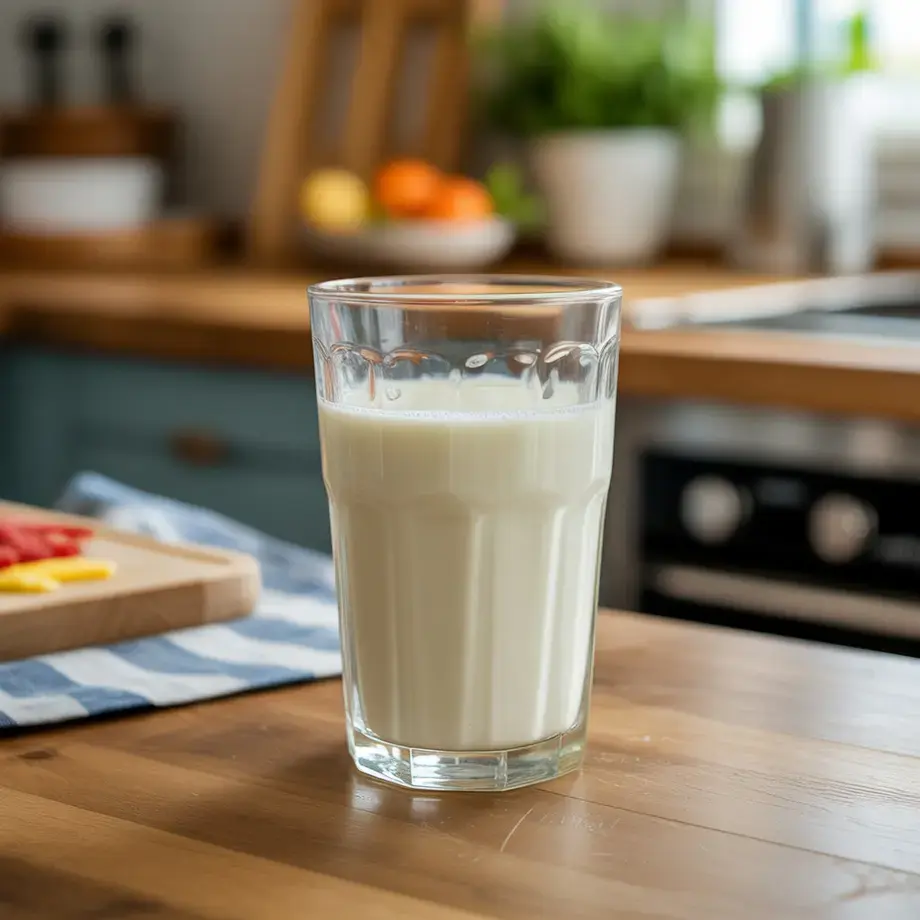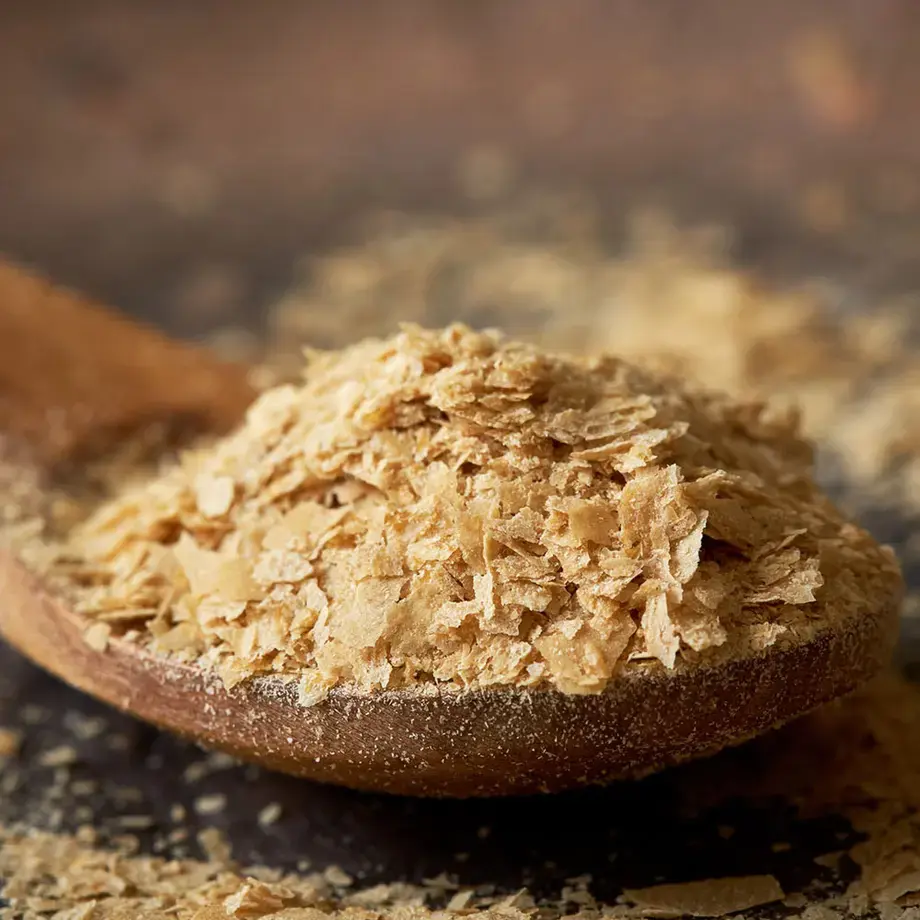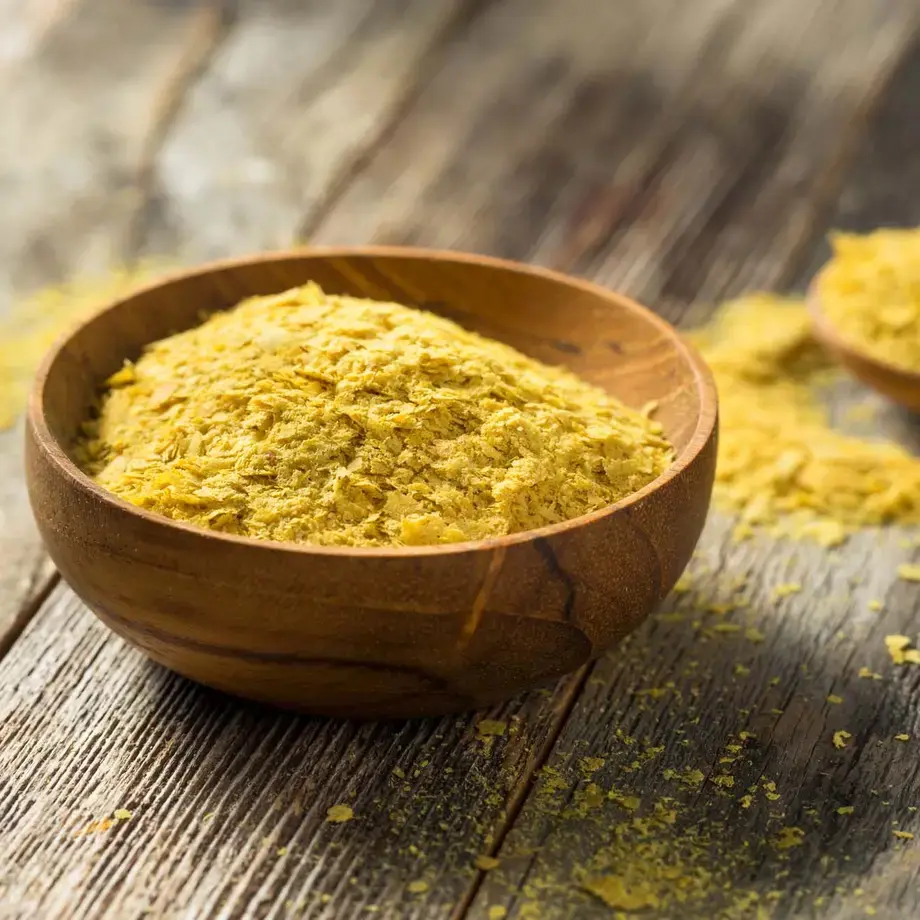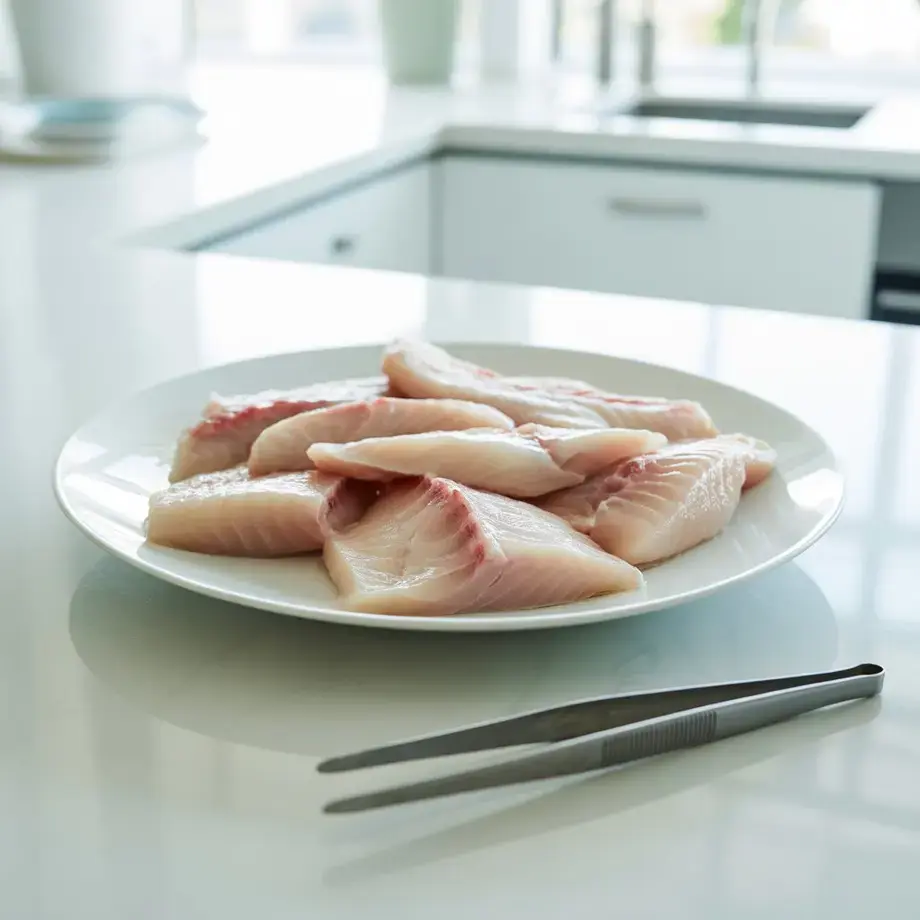Chef Junya Yamasaki doesn’t think his story is special. “It’s awfully boring,” he says. To him, his self-taught journey—from a childhood in the Japanese countryside to Tokyo, then Paris, and eventually to London, where he became chef of the acclaimed udon noodle bar Koya—was simply the result of needing a job. But for anyone who has experienced what Yamasaki is doing now at his Arts District restaurant Yess in Los Angeles, it’s clear that cooking is far more than “just a job.”
Yess, which began as the bright orange Yess Aquatic food truck in 2020, is now a calming, cavernous space with bar seating and tables. It feels more like a quiet theater for Yamasaki’s culinary art than a typical restaurant. Yet despite the beauty and precision of the food, there is nothing showy about him. His signature modesty—both in how he speaks and how he cooks—defines his approach.
Having spent time living and studying at Antaiji, a Zen monastery in Japan, Yamasaki approaches cooking with meticulous care rooted in Zen tradition. Yet he’s quick to clarify that one of his most celebrated dishes, the “Monk’s Chirashi,” isn’t inspired by temple food. “That is not the food they eat in temple,” he says. At Yess, he simply calls it “vegan chirashi.” The dish is a vibrant composition: yellow fennel flowers, spring asparagus, peas, artichokes, shiso, sesame, white grapefruit, and slivered almonds, all arranged atop seasoned rice. It’s an ode to chirashi—a celebratory form of sushi served over rice that, unlike Edomae sushi, doesn’t always include fish. Traditionally made for gatherings, this version is an exquisite celebration of vegetables—Yamasaki’s ethos in a bowl.






